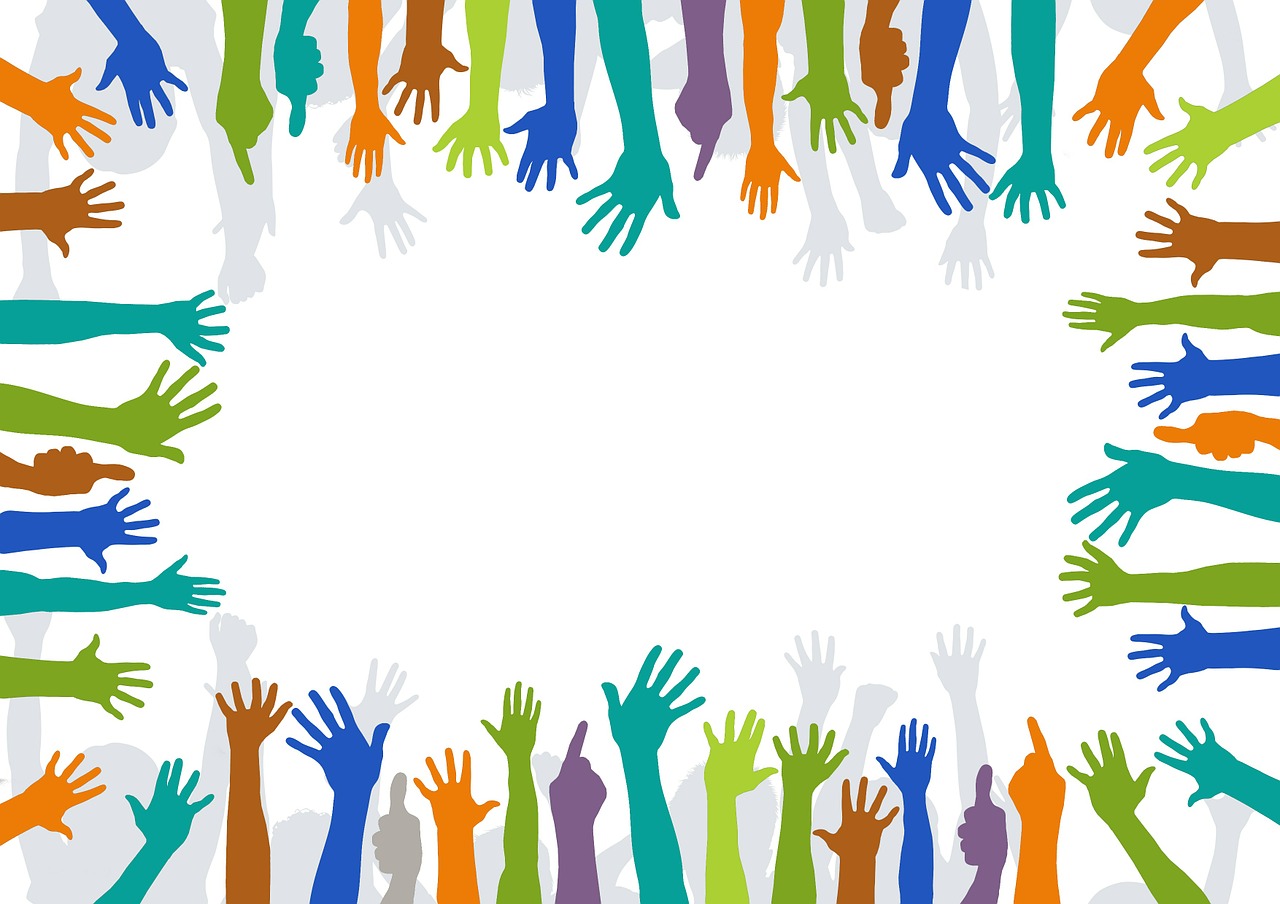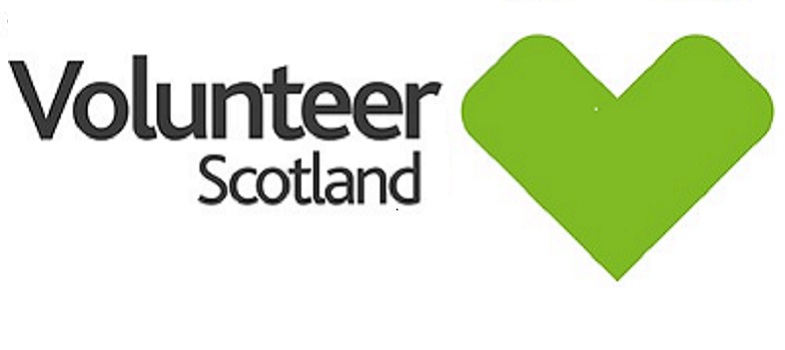Keeping Volunteers Safe: Restarting your Volunteer Programme
This course is about the essential things you need to consider to ensure a positive experience for individuals returning to engage in volunteering following suspension of programmes in response to Covid-19. The overall aim is to help you prepare your volunteers, organisation and colleagues to return to supporting volunteer involvement in your work. It was developed with input from volunteers, volunteer-involving groups and organisations, volunteer practitioners and trainers. This input has given us the volunteers’ perspective and the volunteers’ ‘voice’ that we hope you will find helpful throughout the course.
2. What is volunteering

Figure 3: Volunteer Hands (Public domain)
It is worth
considering this question before we go any further as, as we each have our own
understanding of what volunteering is, The UN General Assembly
definition describes volunteering as ‘Three basic criteria can be identified to
distinguish volunteering from other types of human activity:
- It is not undertaken primarily for financial gain. Because voluntary action is not rewarded with a wage or salary, it is generally cost-effective, although not cost-free;
- It is undertaken of one’s own free will. The decision to volunteer may be influenced by peer pressure or personal feelings of obligation to society but, in essence, the individual must be in a position to choose whether or not to volunteer;
- It benefits a third party or society at large. Actions that benefit only the person who volunteers or that cause harm to society do not meet this criterion.
